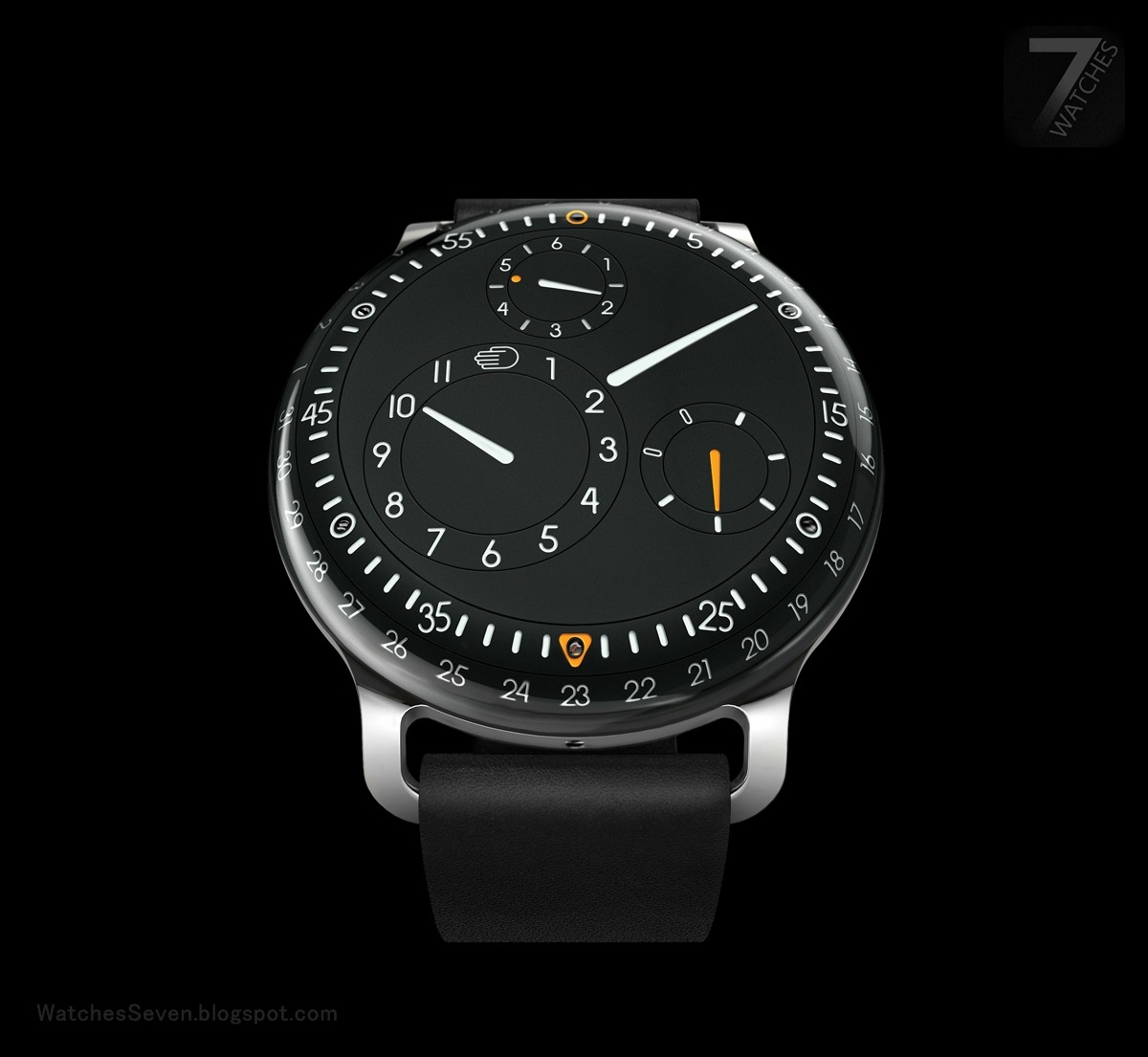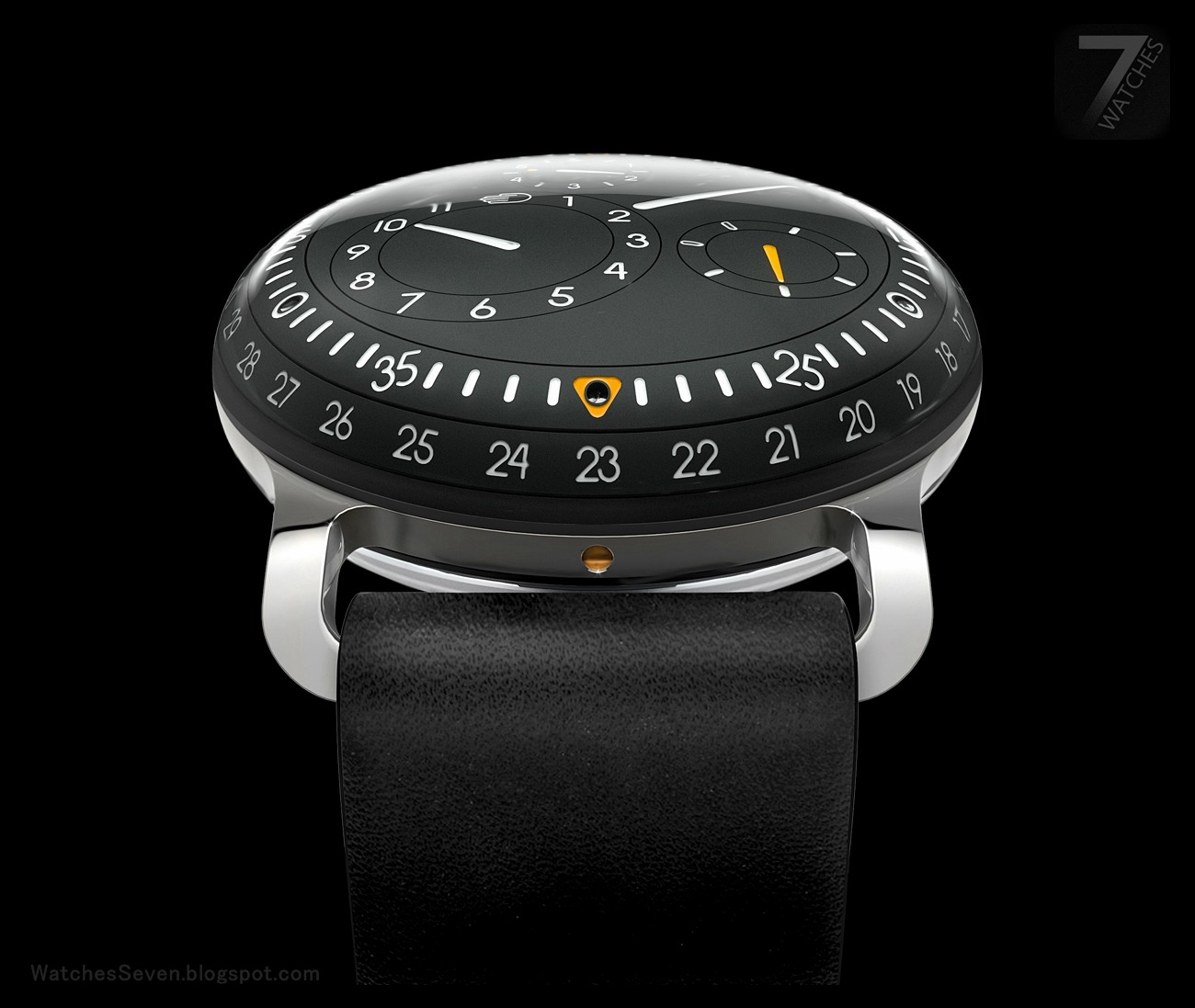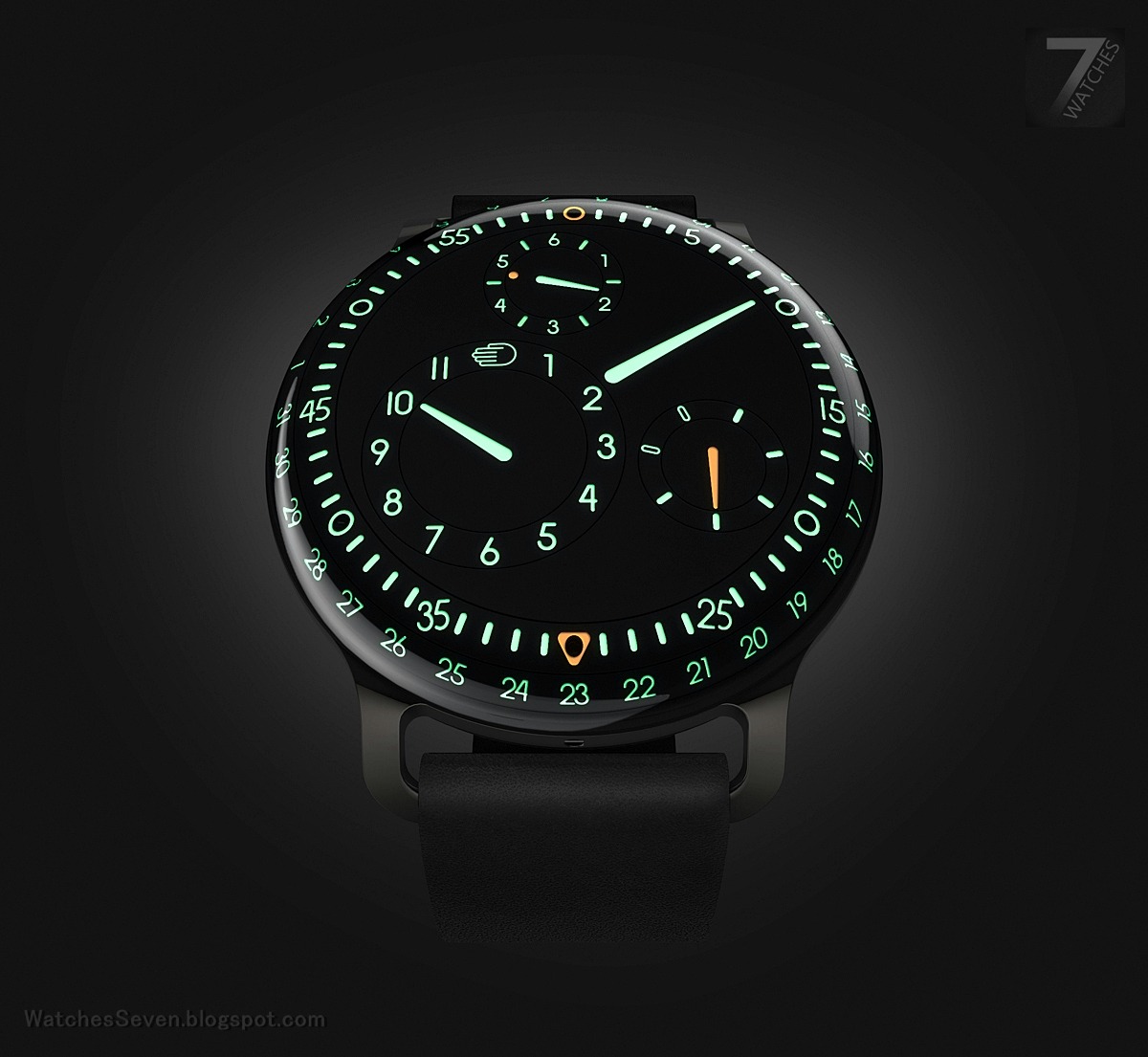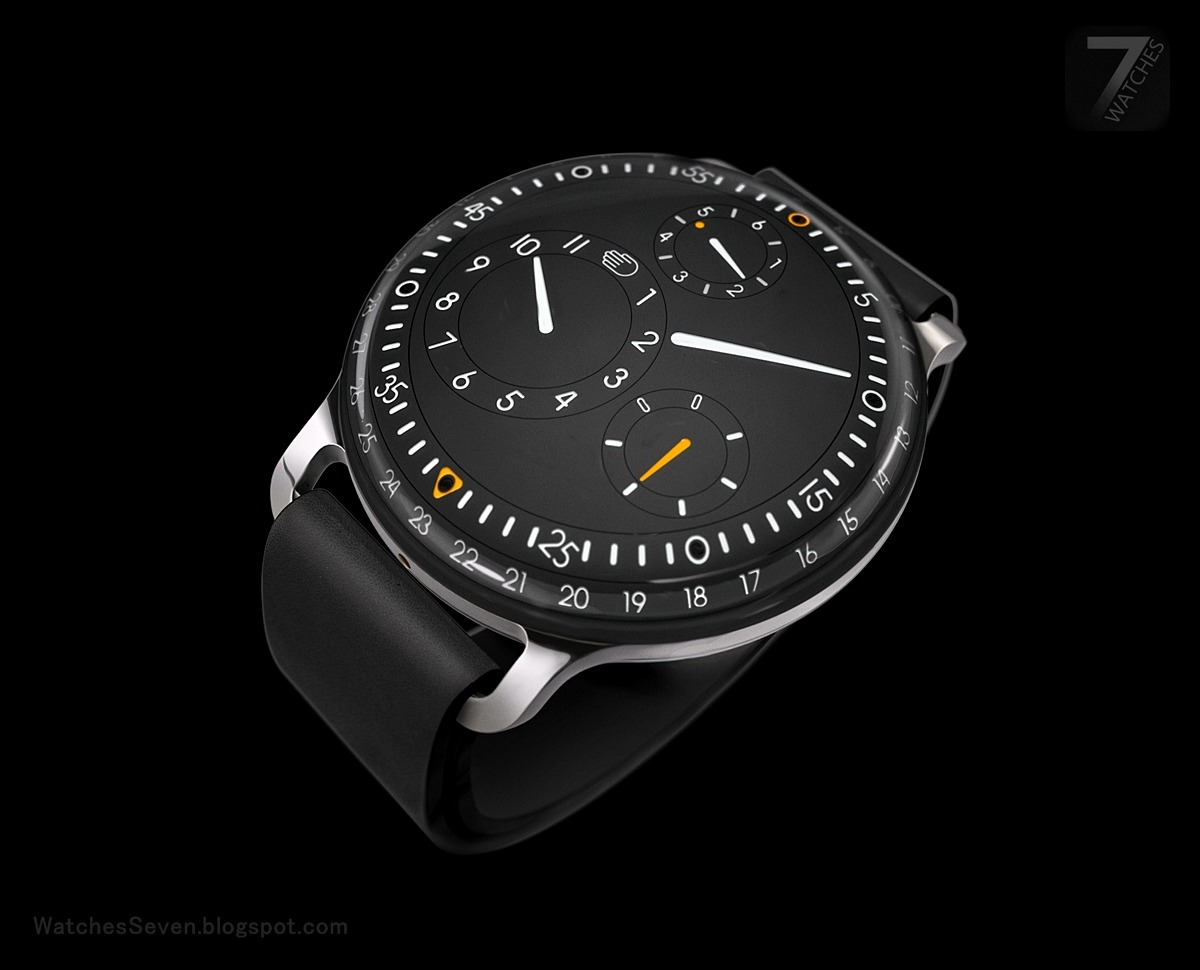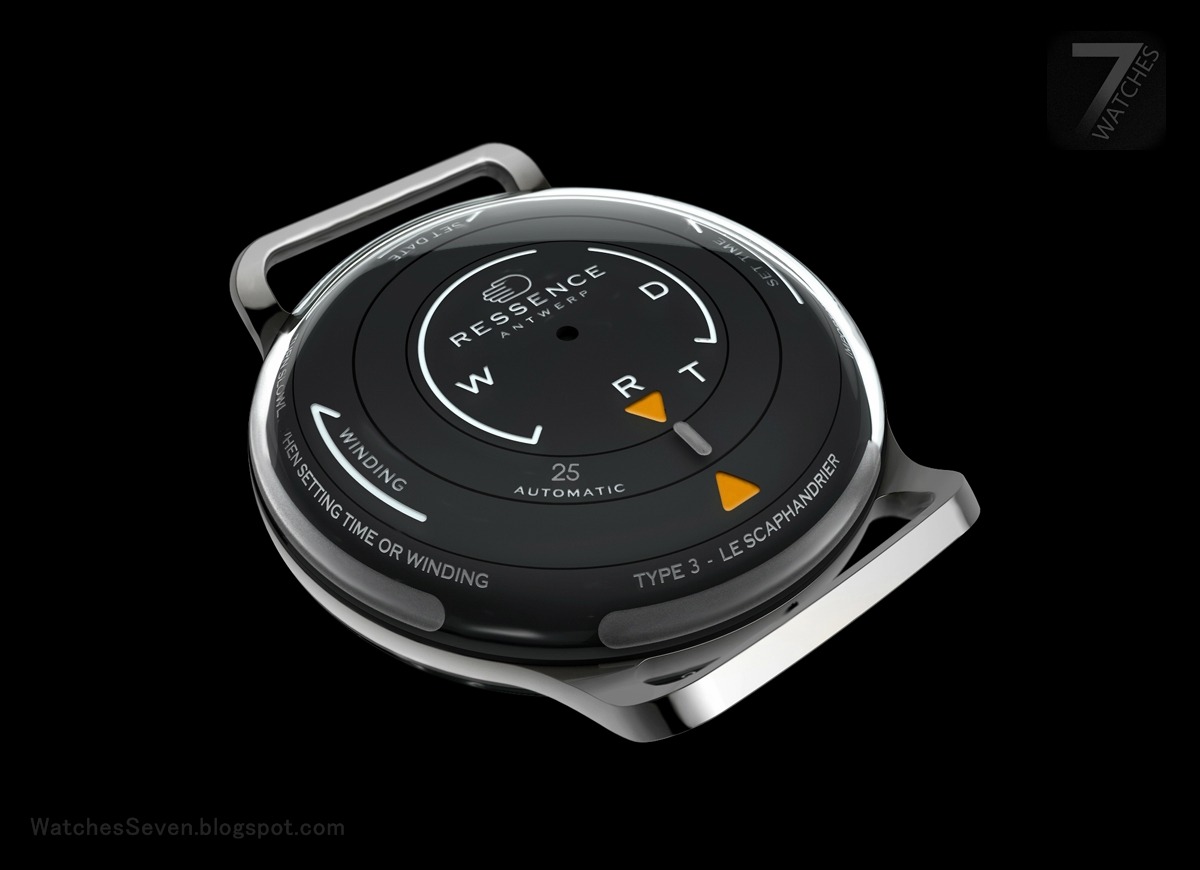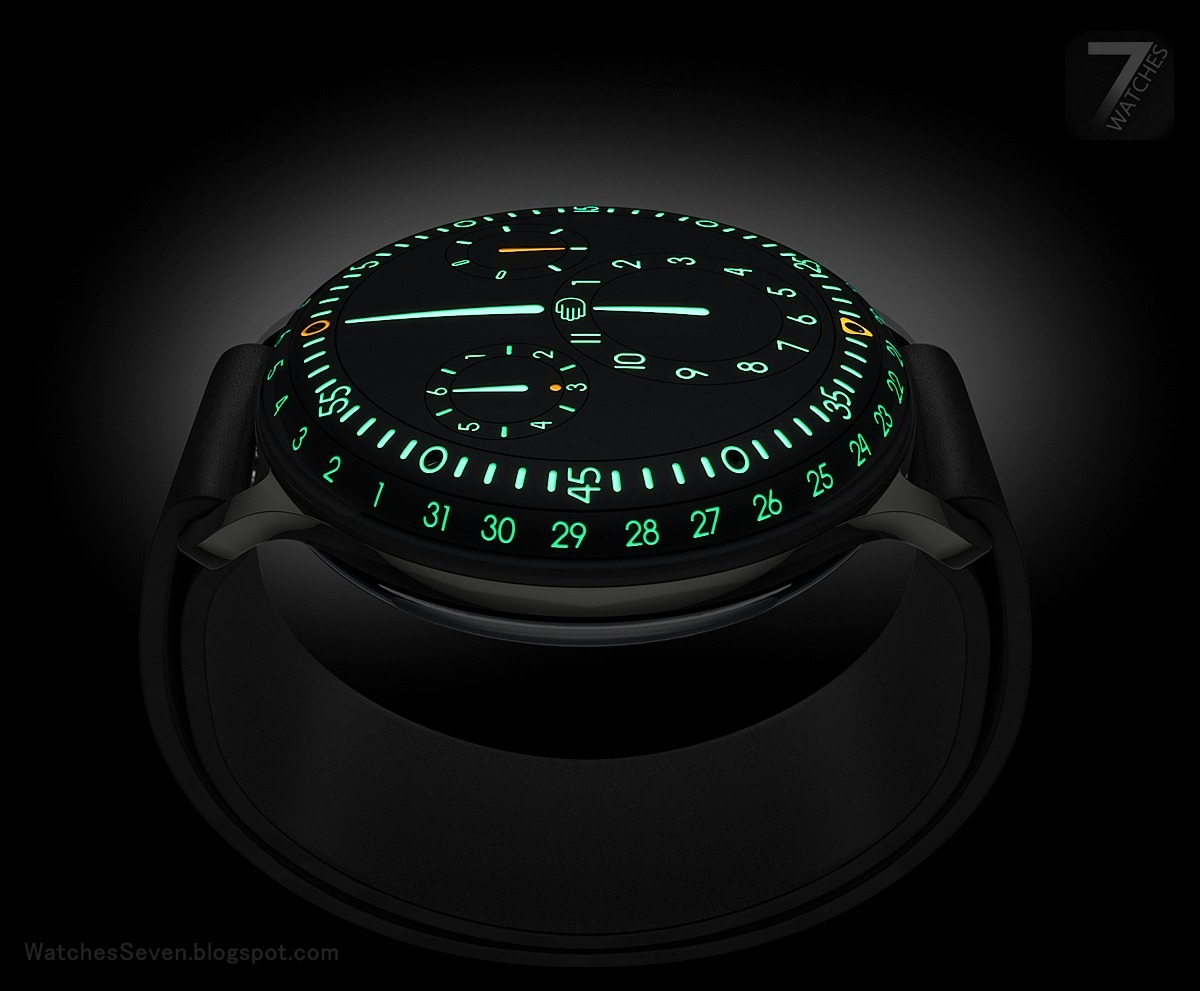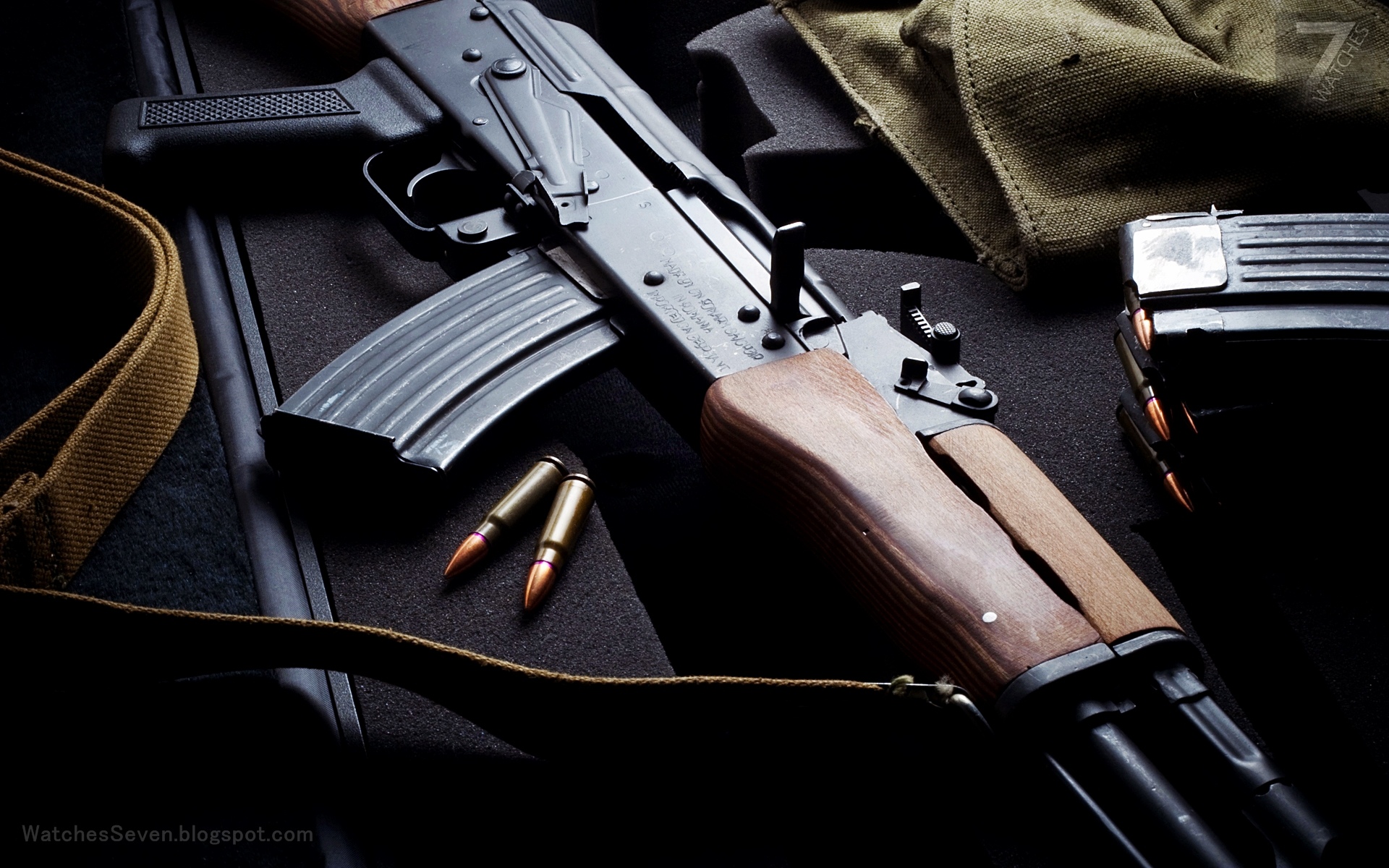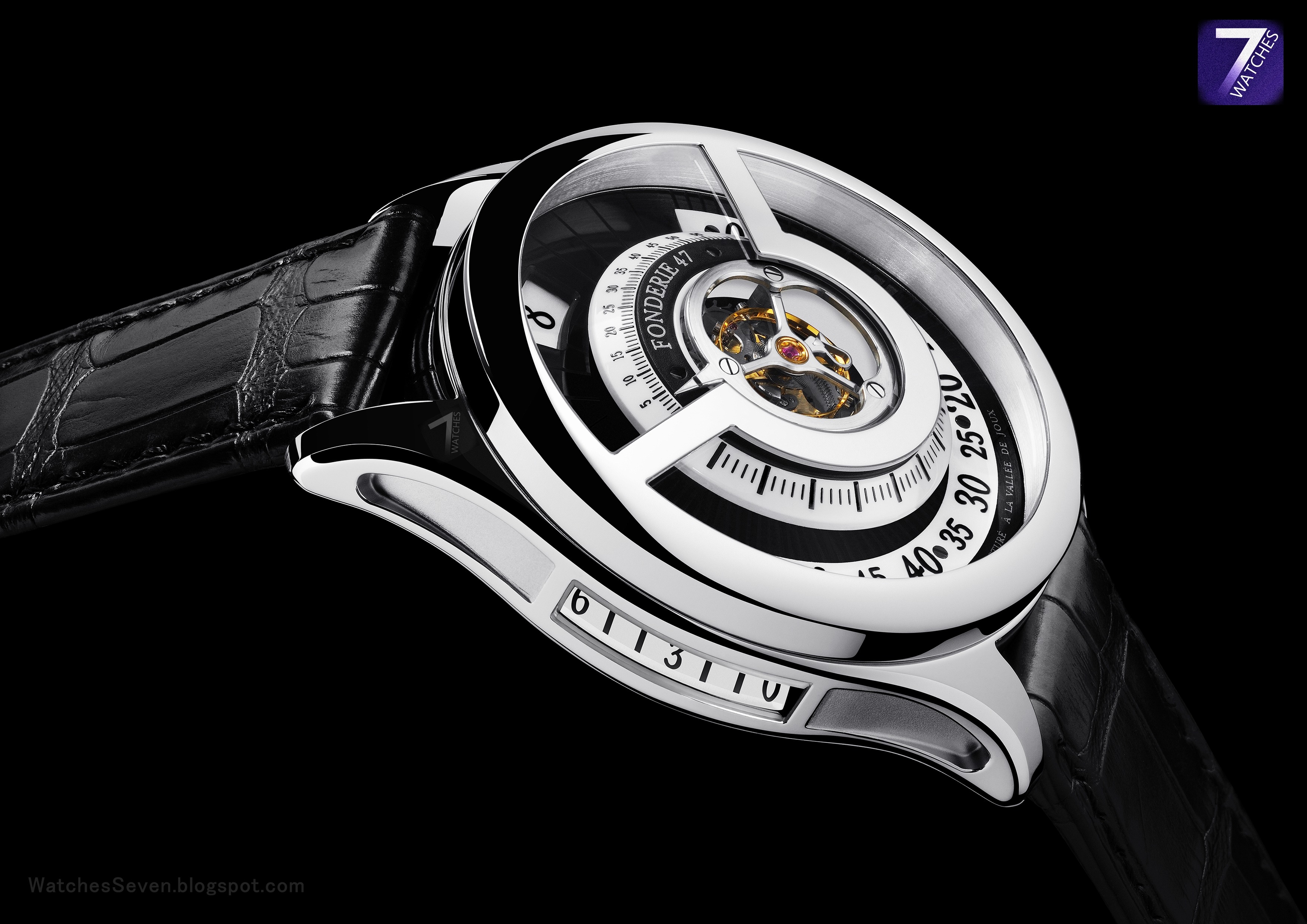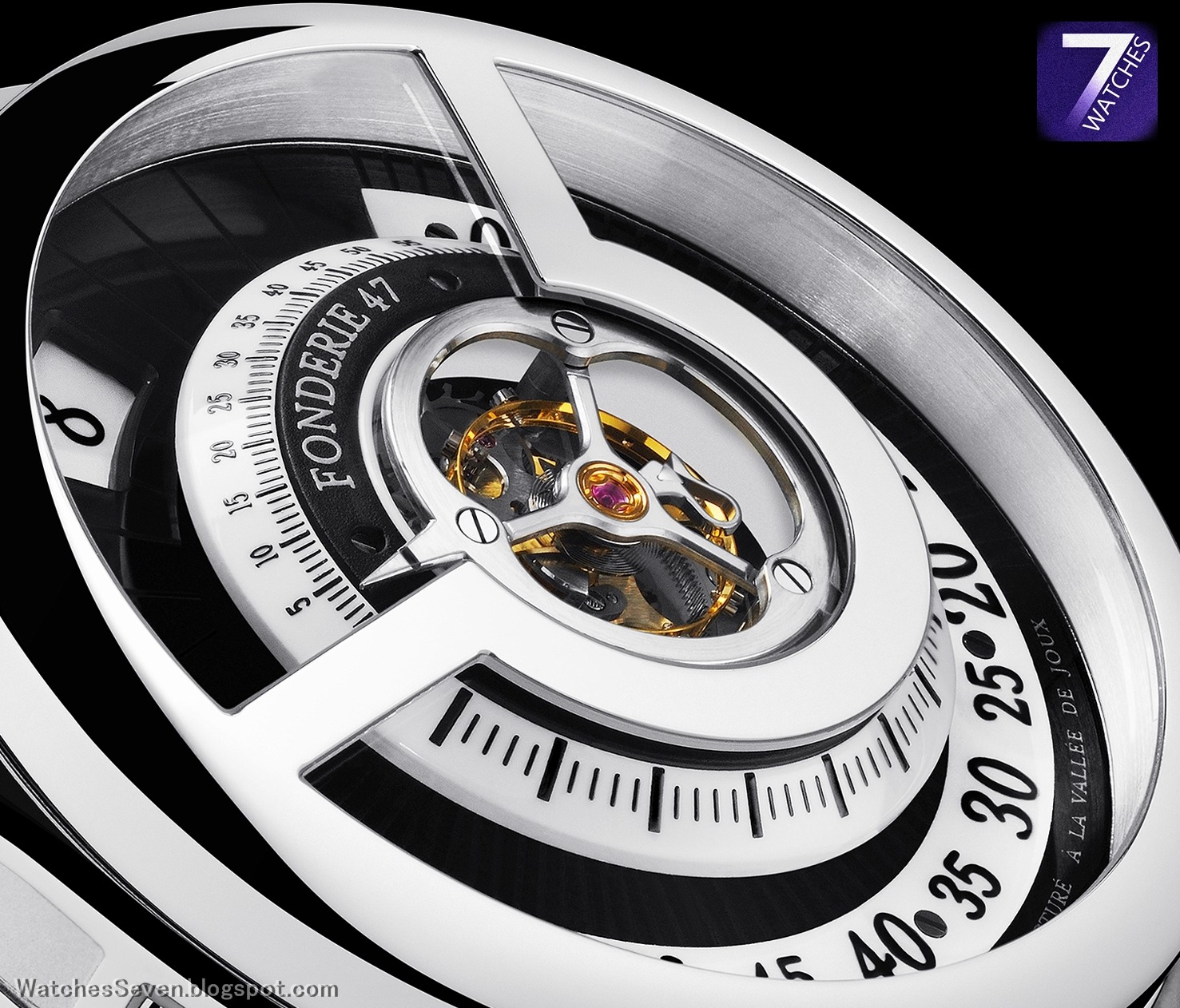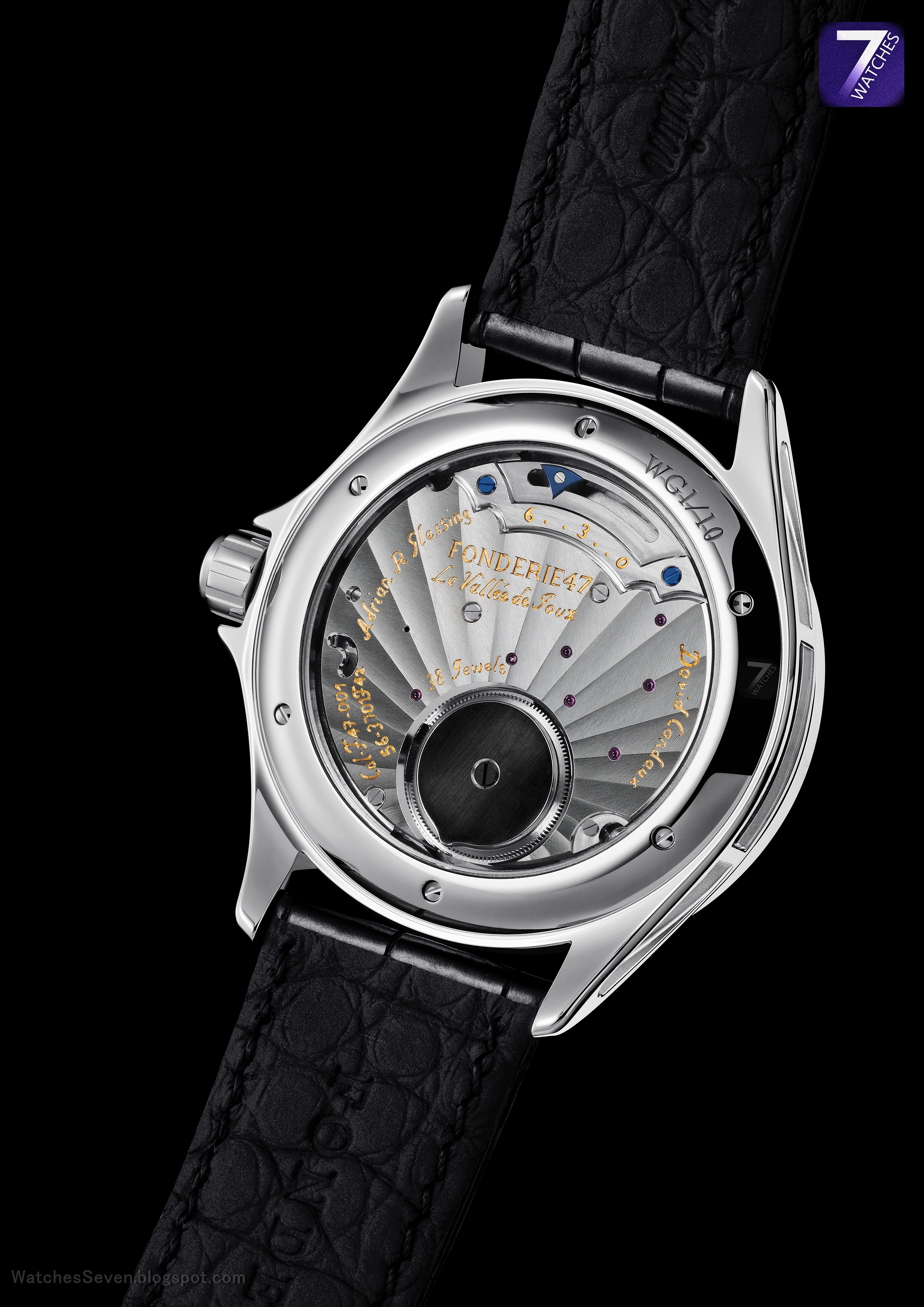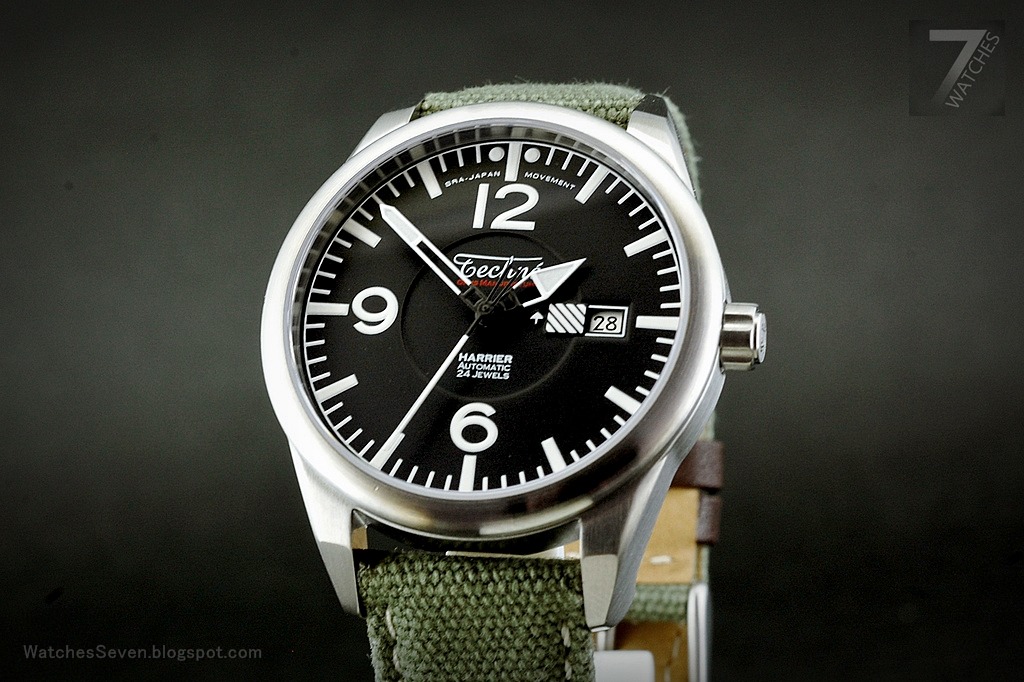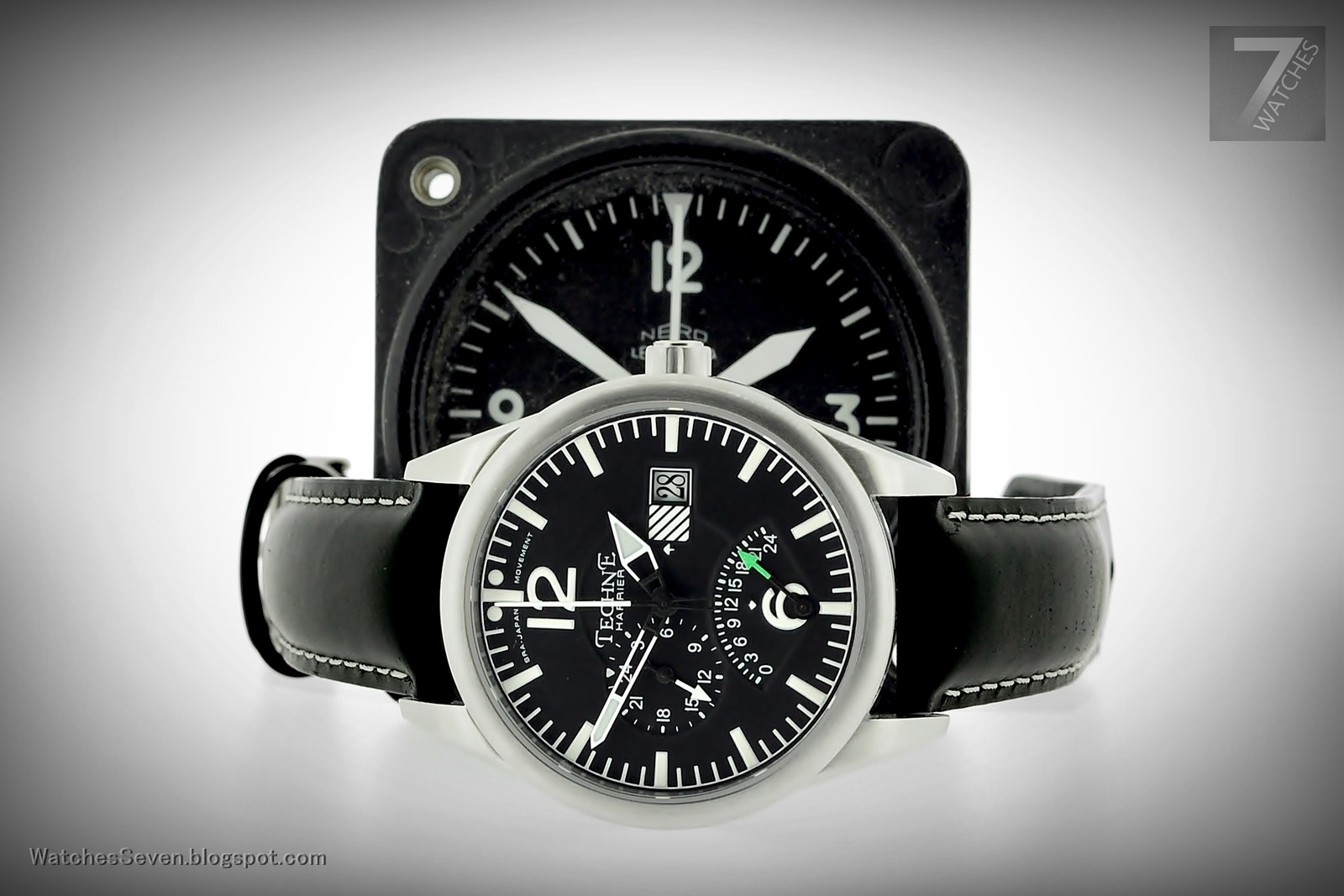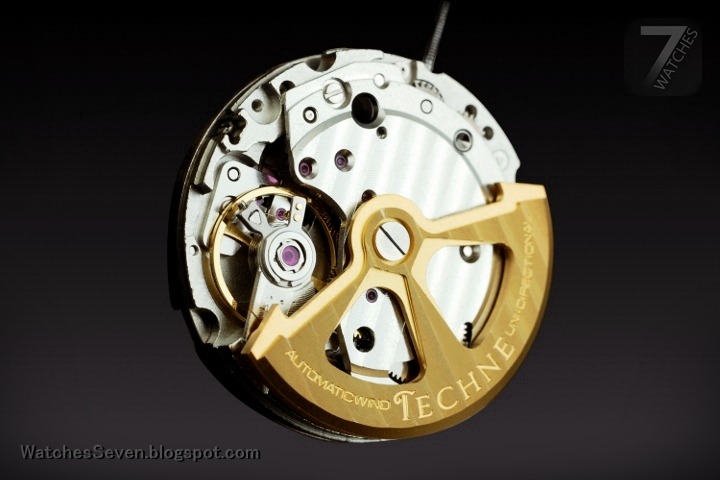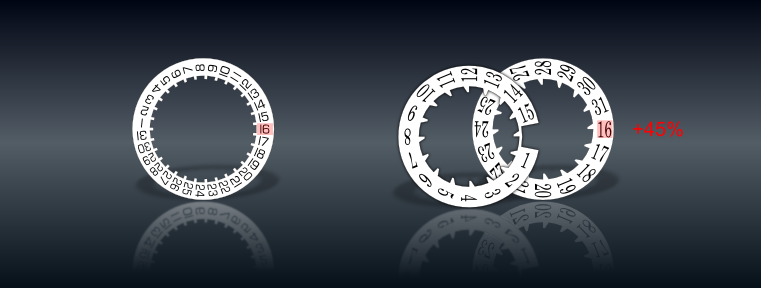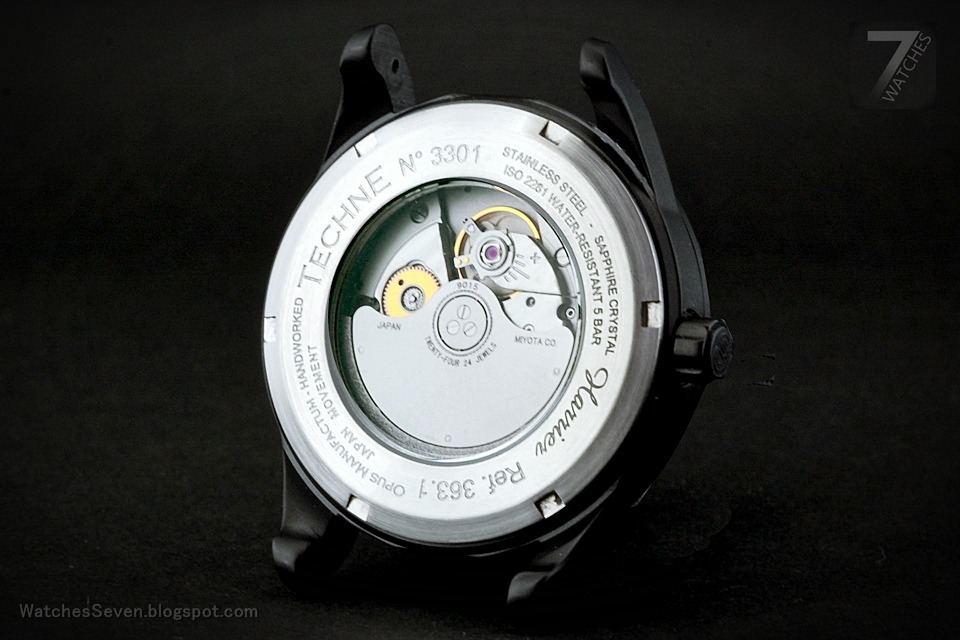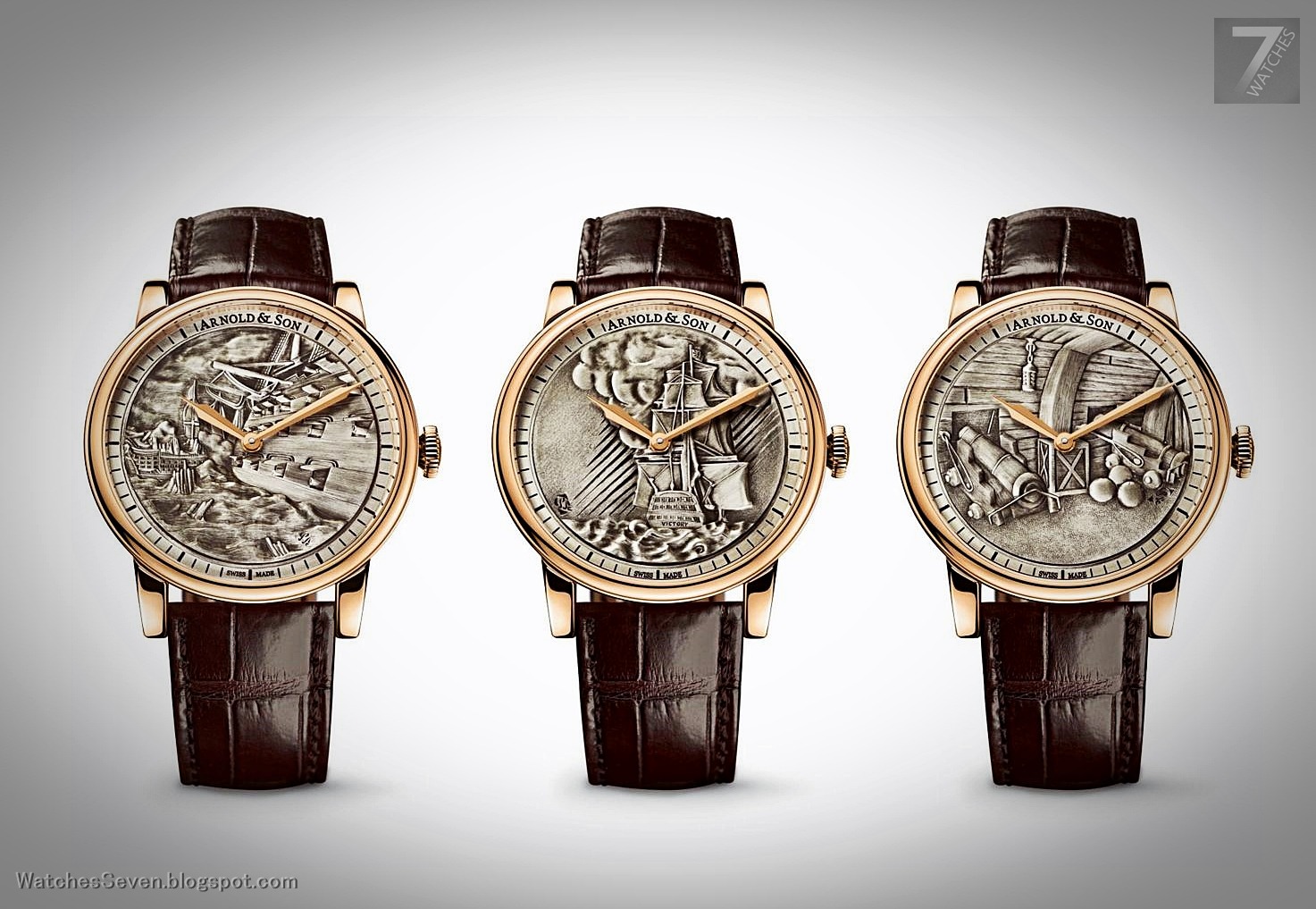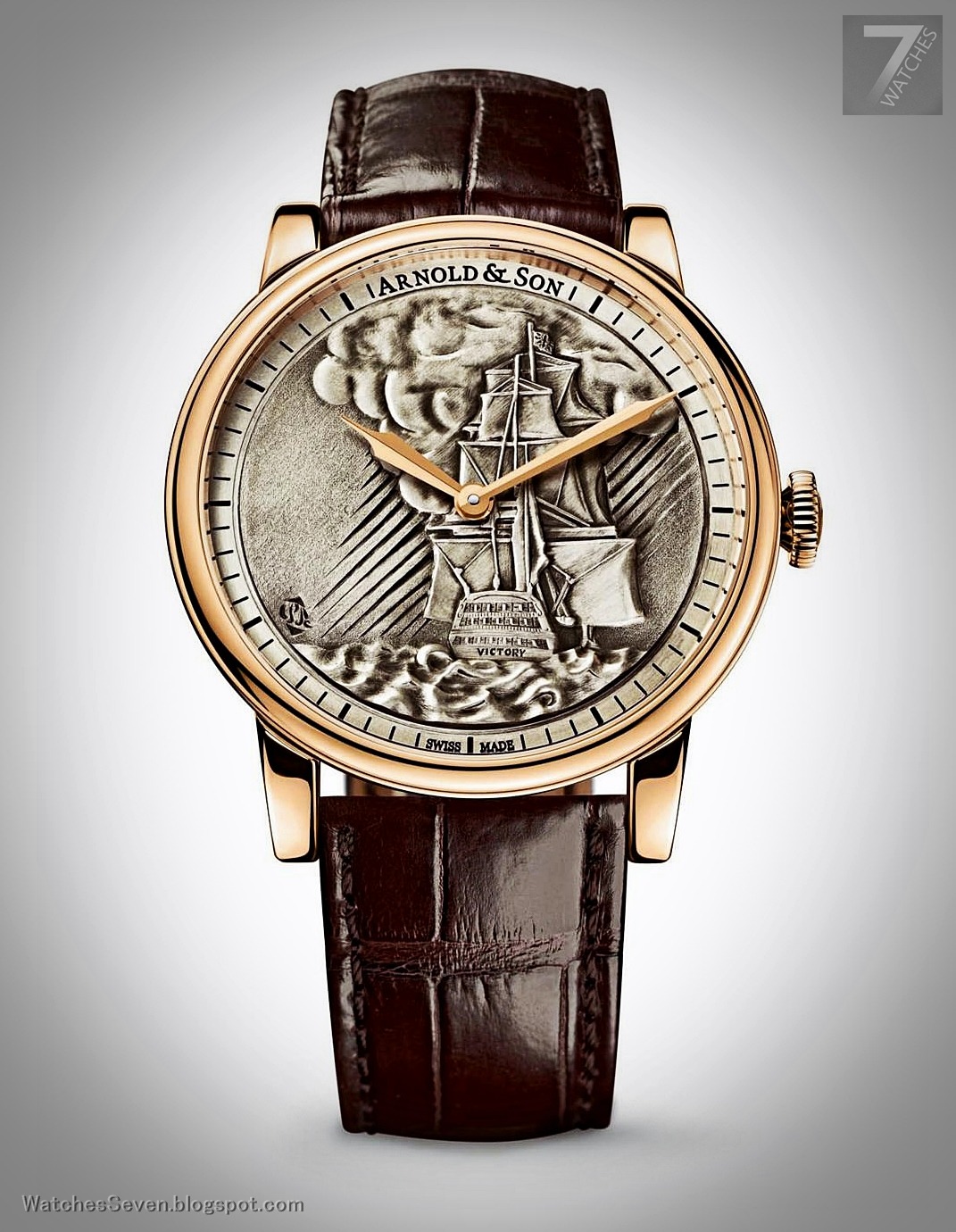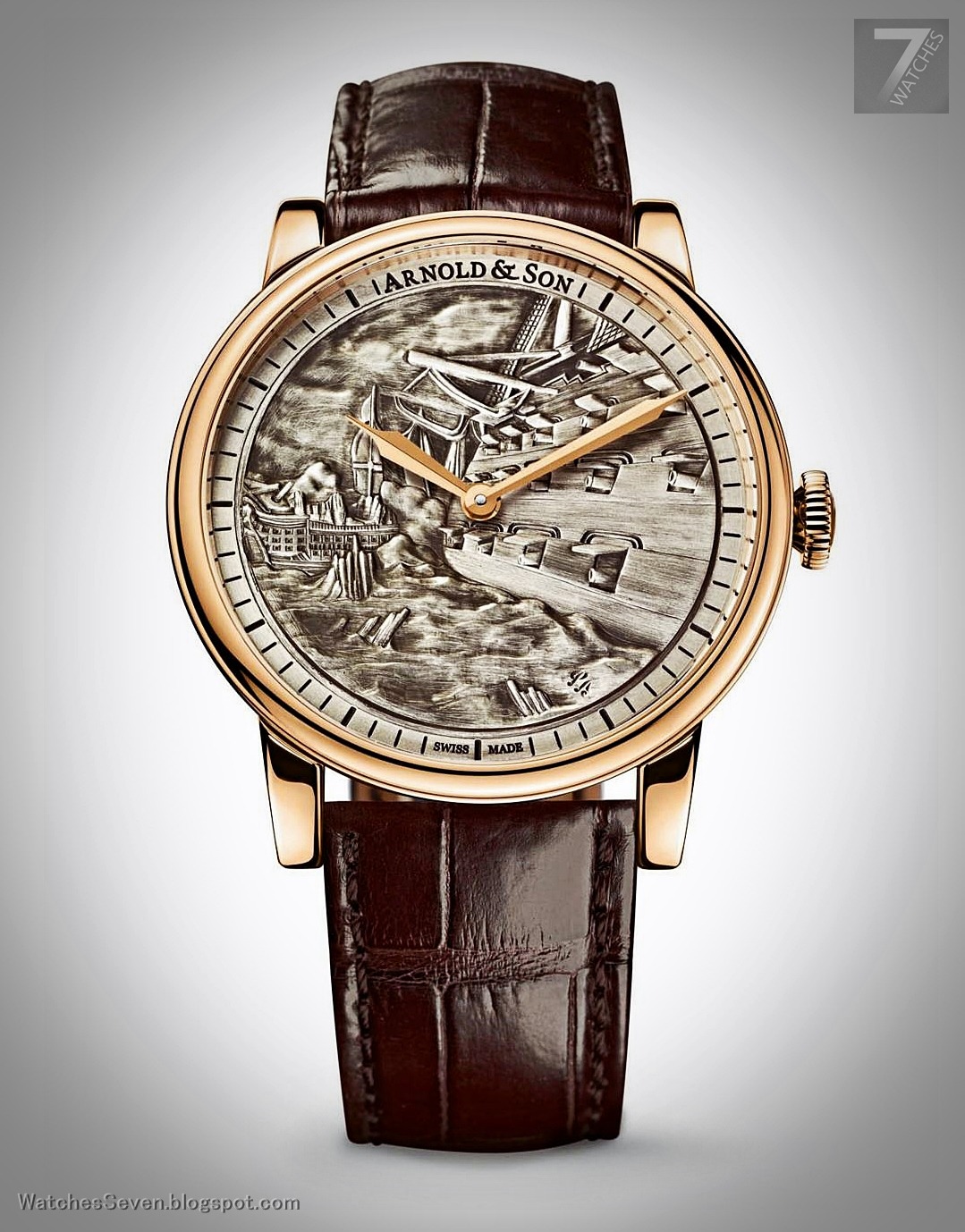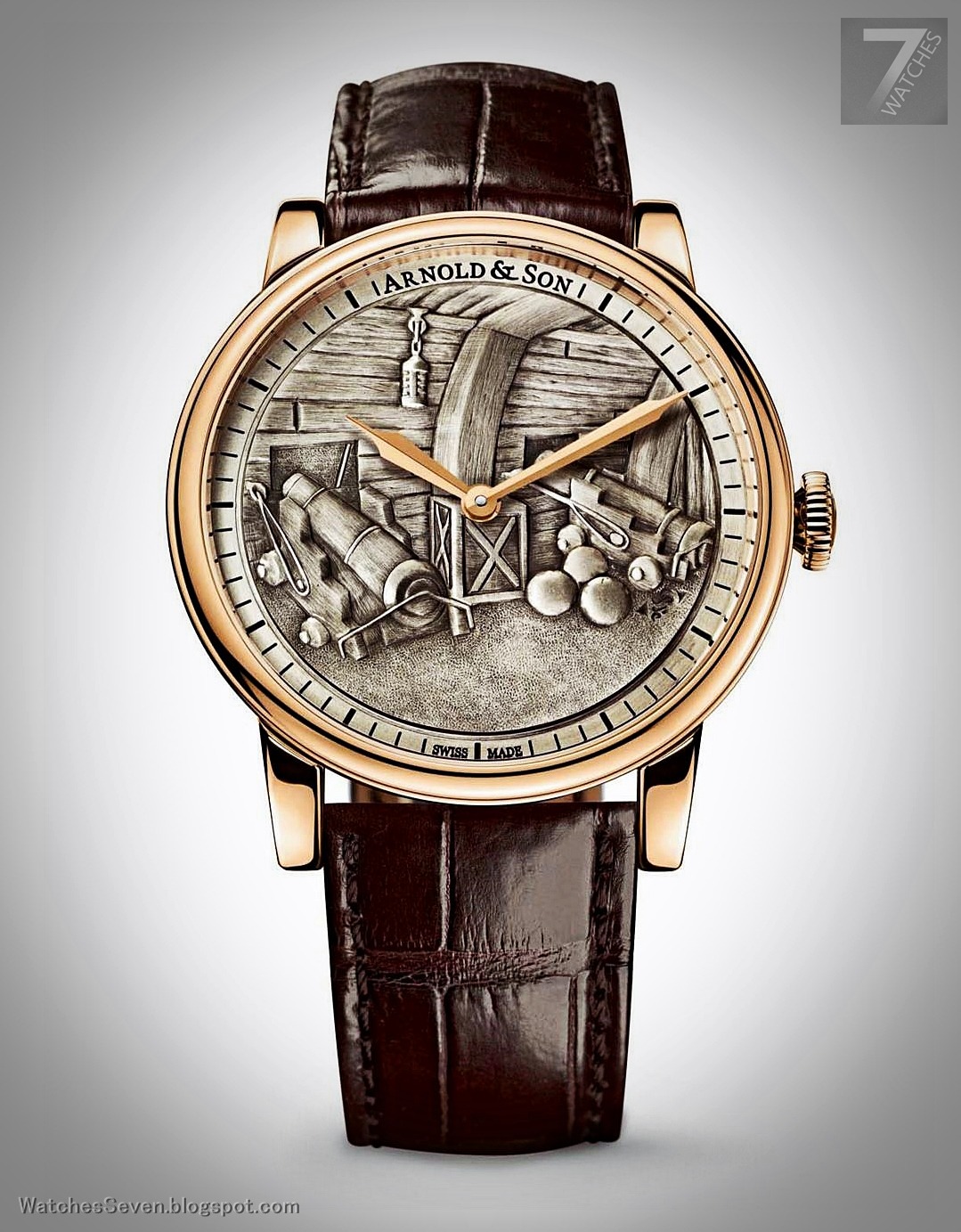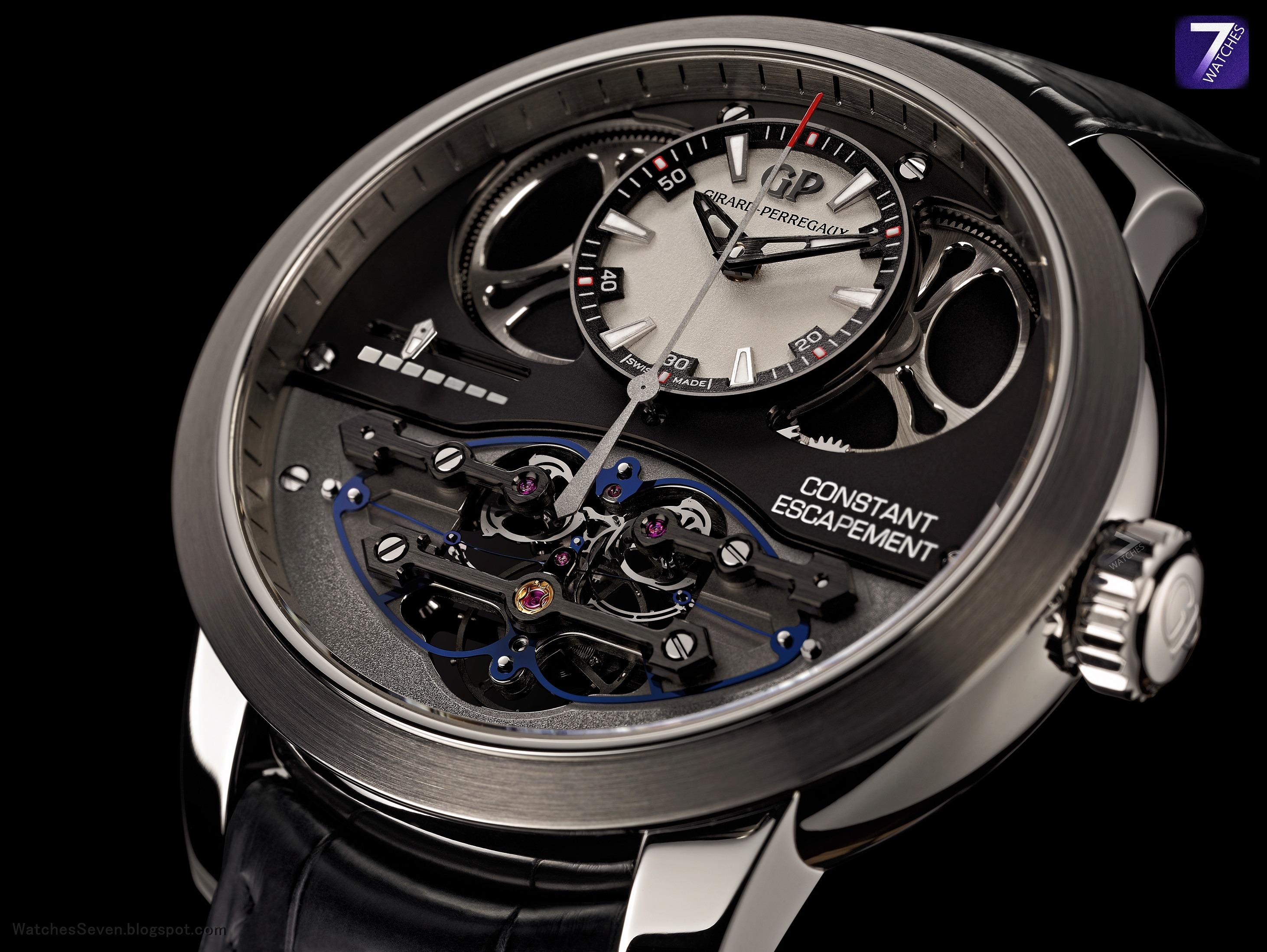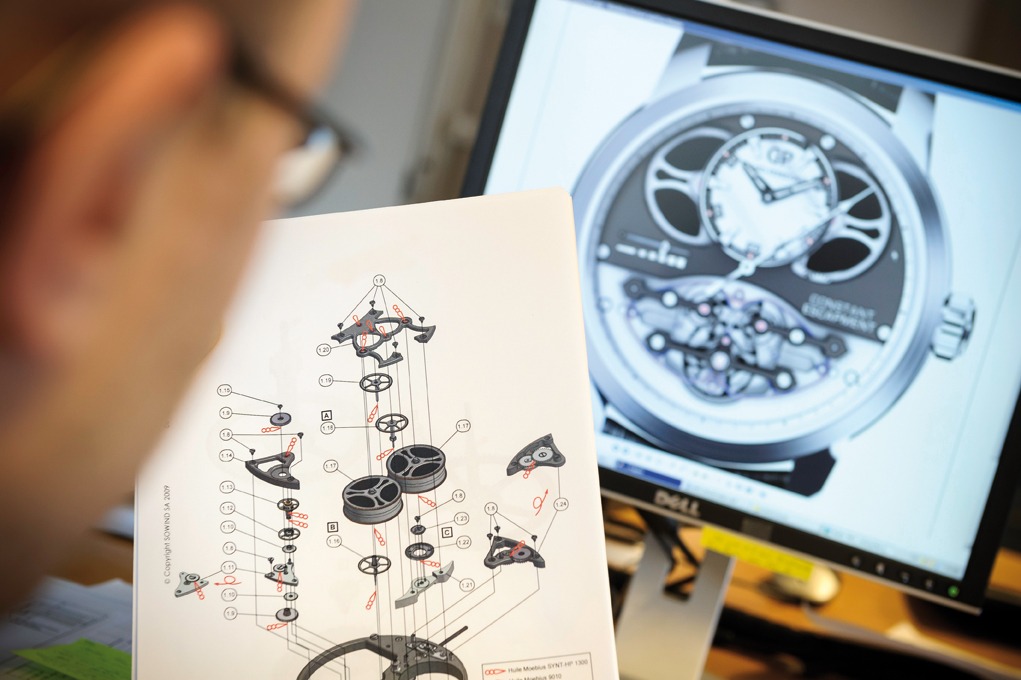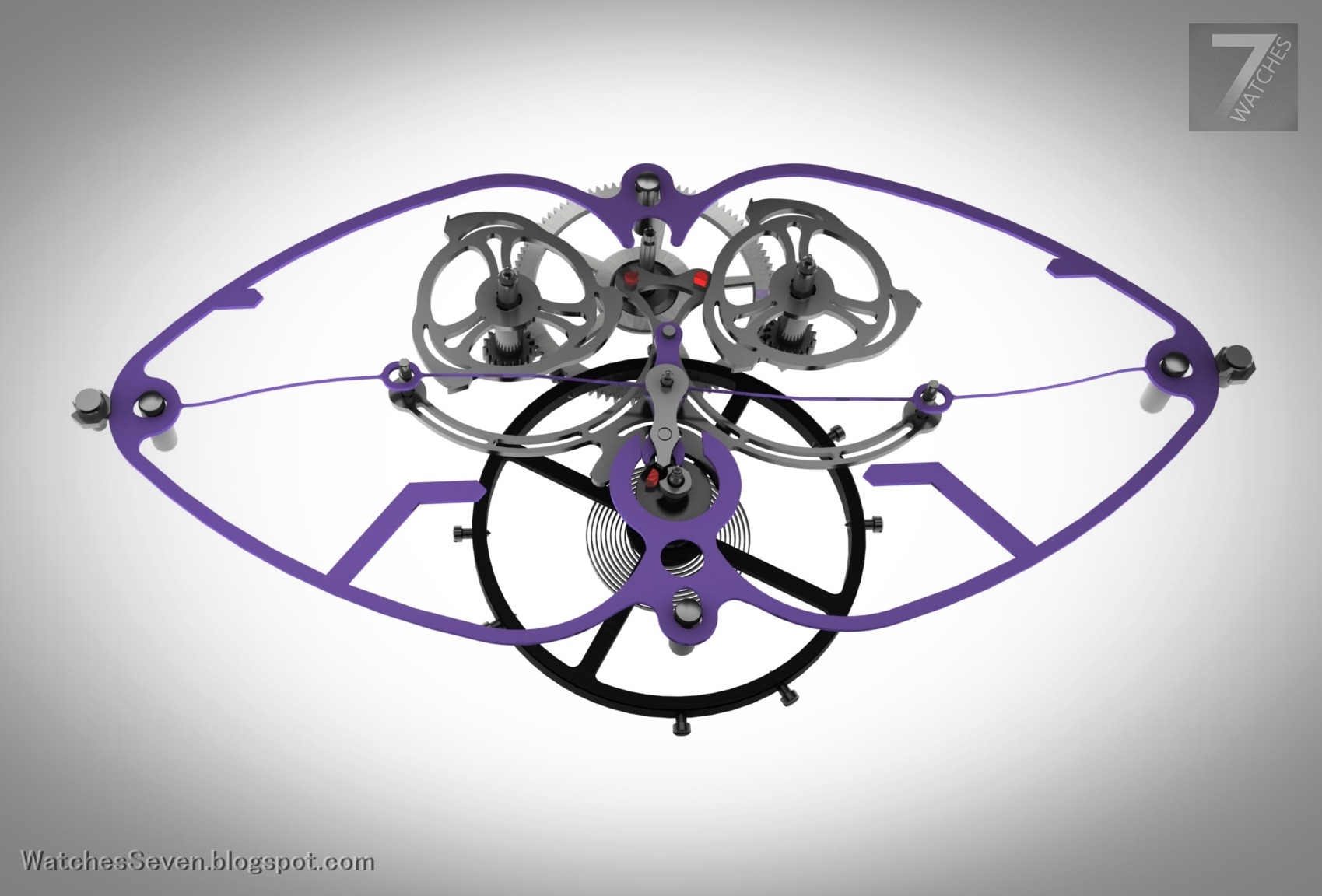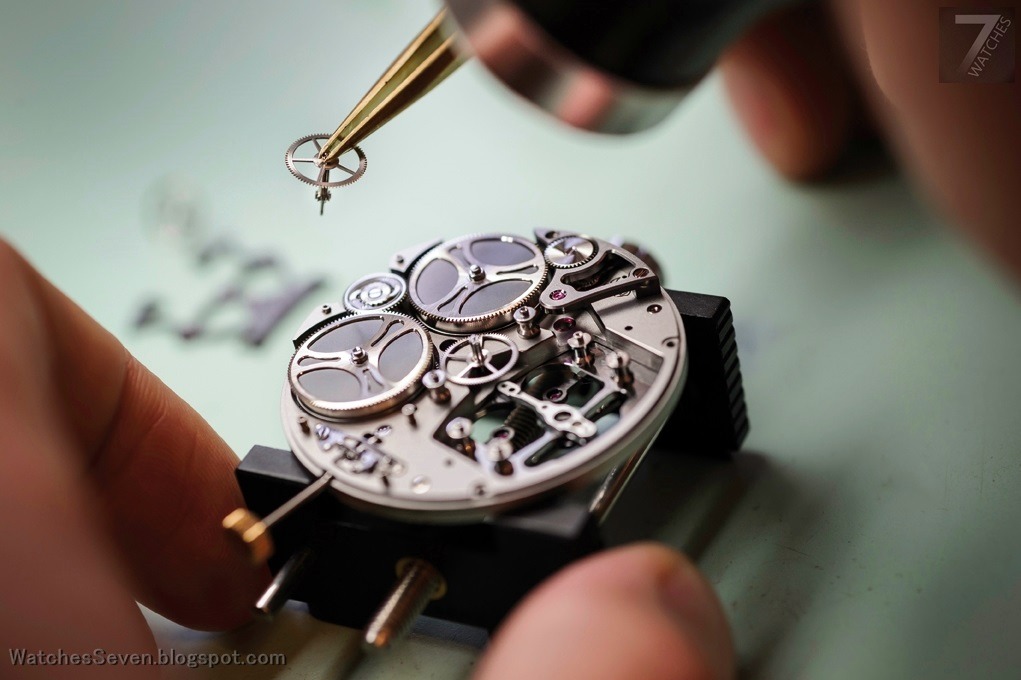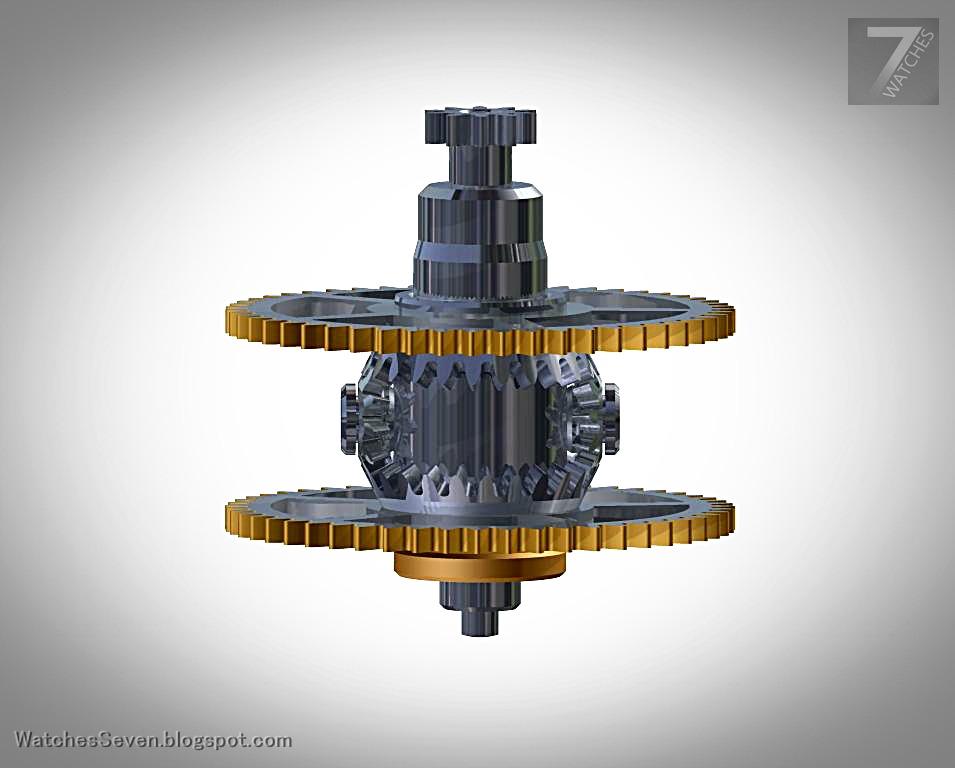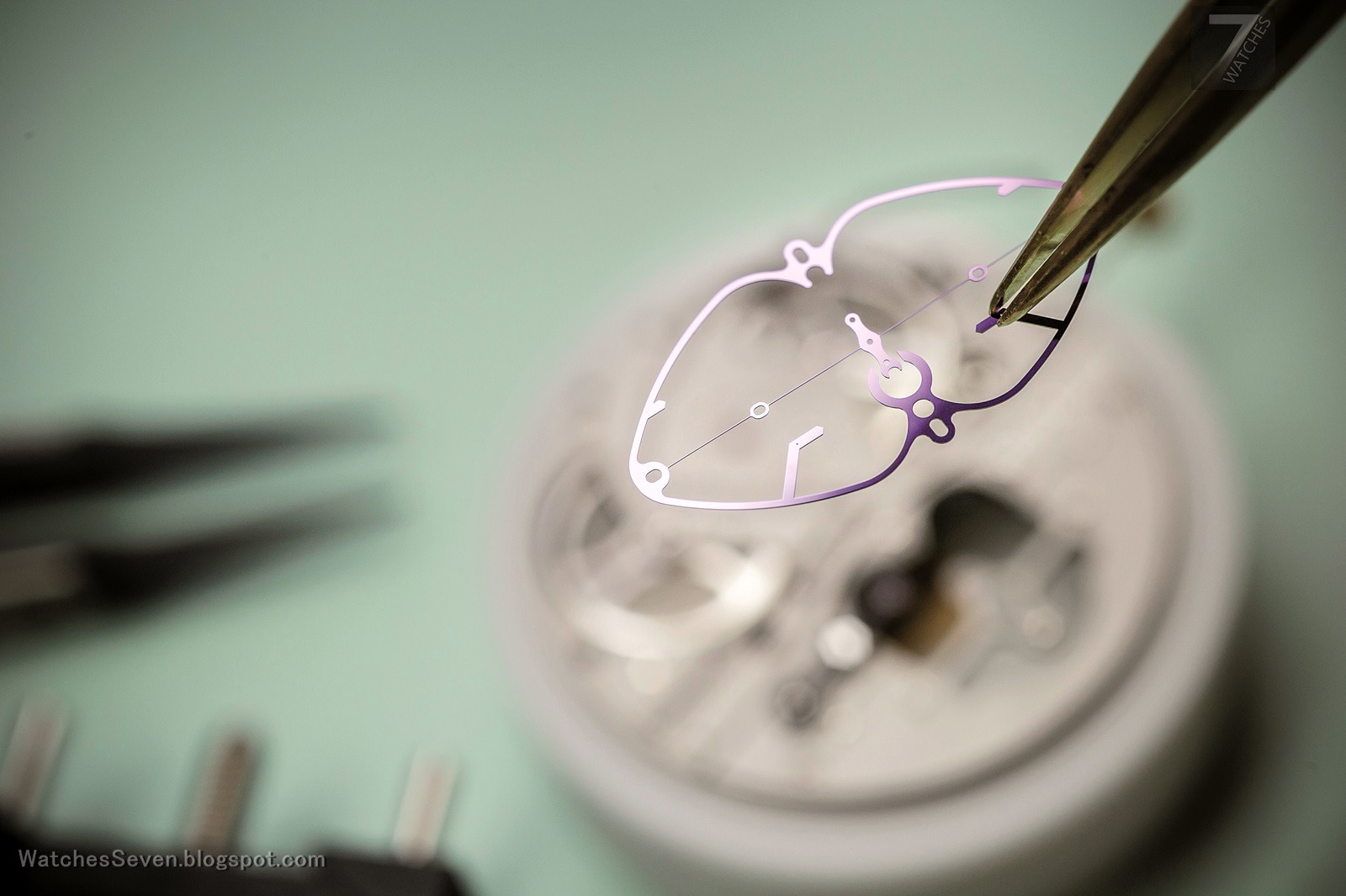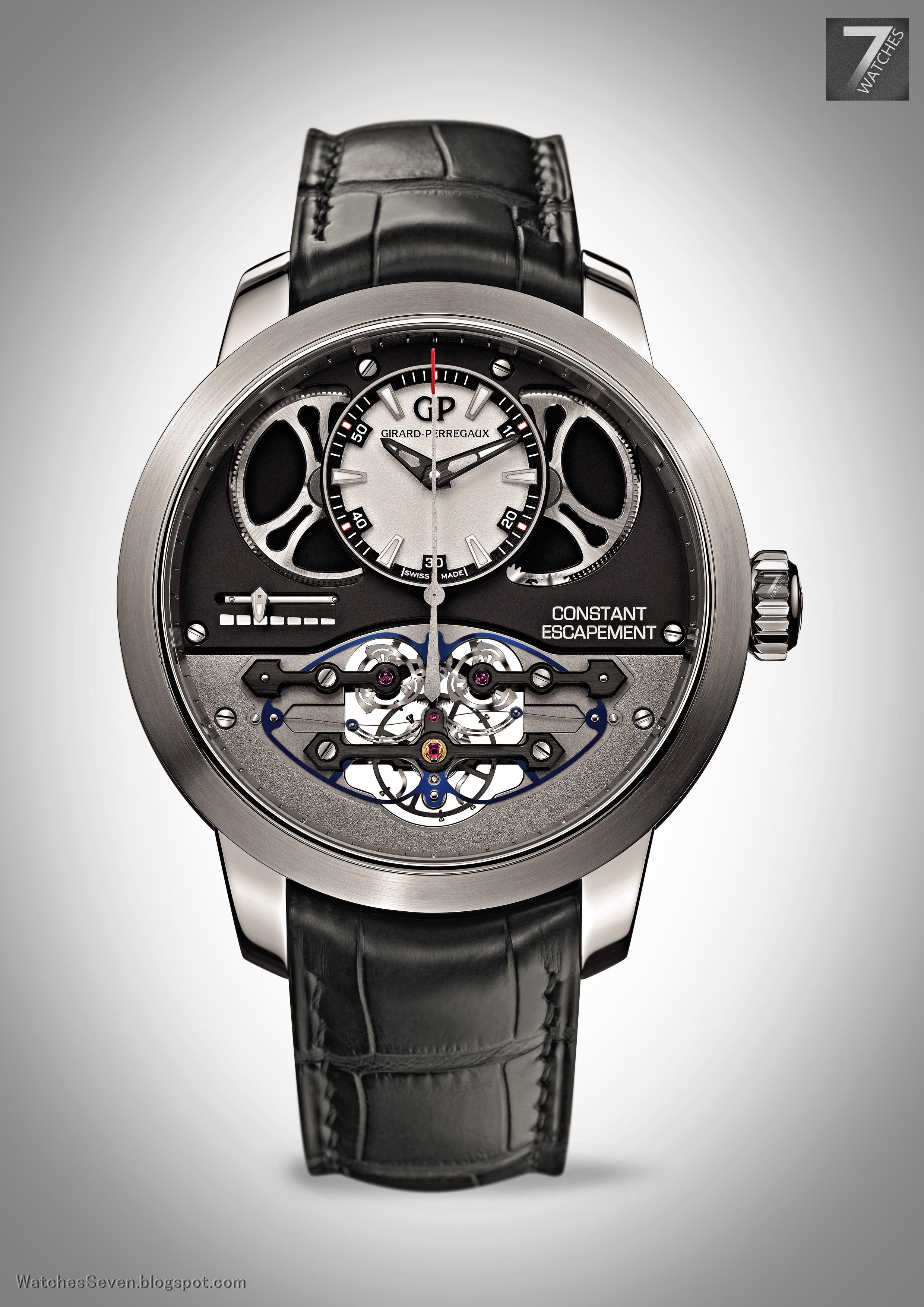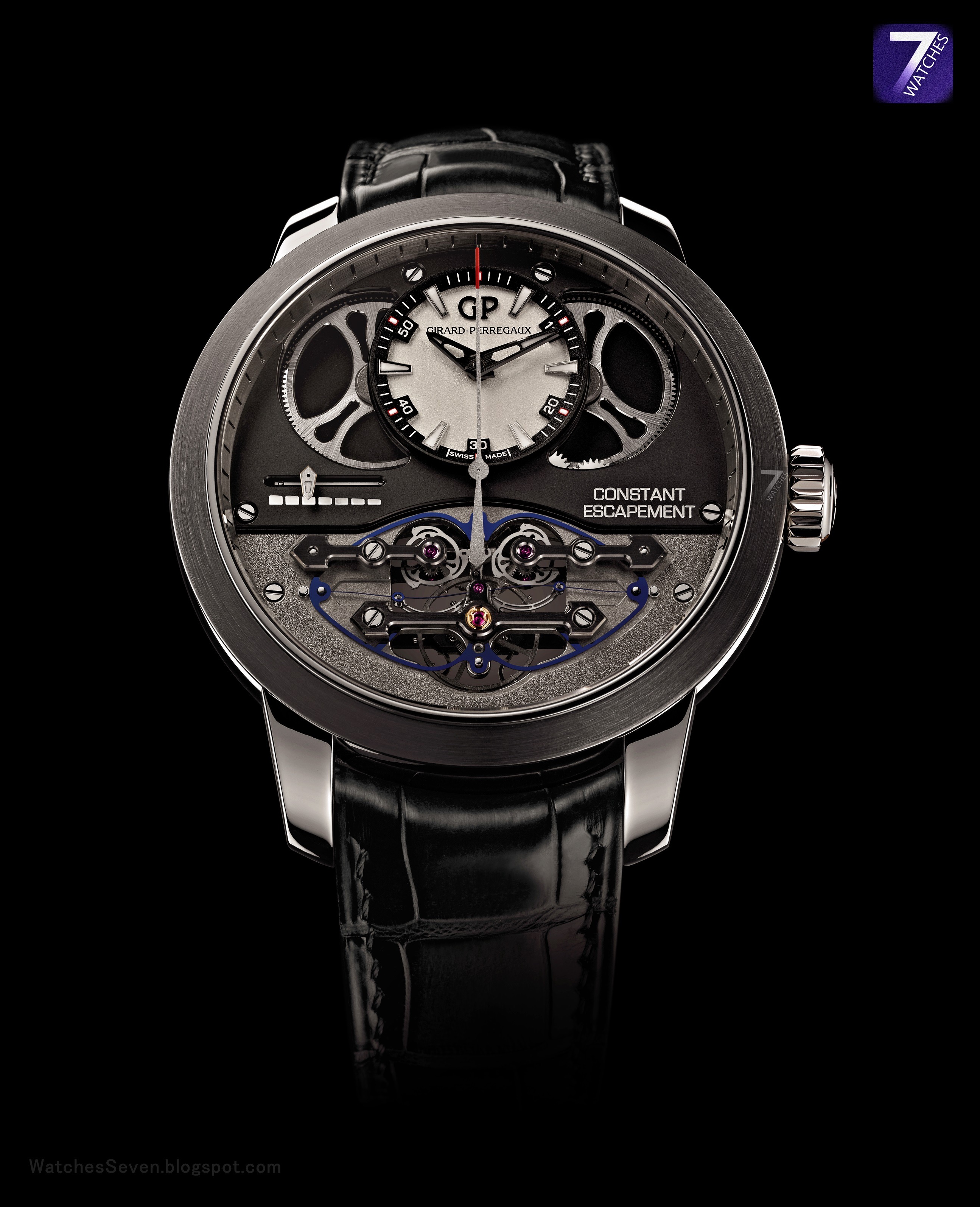Fonderie 47 - Inversion Principle Limited Edition NEW
Profile Peter Thum, founder of Fonderie 47
Fonderie 47 CEO and founder
Peter Thum began his business career with
Gallo Winery and
McKinsey & Company before becoming a social entrepreneur. Visits to
Africa highlighted the widespread health issues caused by the lack of clean water and led
Thum to launch the bottled water brand 'Ethos Water' in
2003 to fund safe-water projects in
Africa.
Starbucks bought Ethos Water in
2005 and after the sale,
Thum served as Vice President of Starbucks Corporation, operating the
Ethos Water business, and as a Director of the Starbucks Foundation.
Ethos Water has helped around half a million people around the world to gain access to safe water, sanitation and hygiene education.
While visiting safe water projects in
Africa,
Thum became aware of the problems caused by widespread availability of assault rifles, in particular the ubiquitous
AK47. He decided to launch a luxury brand − something sending a positive message and far removed from the destructive arms − the profits from which would be used to destroy and eliminate these weapons. In
2009 Fonderie 47 was launched, a venture that transforms AK47s from
Africa into rare jewelry and exclusive high-end Swiss timepieces, which in turn fund the destruction of more weapons − over
30,000 destroyed to date.
Peter Thum also founded and is President of the non-profit
Giving Water, which has helped over
6,000 schoolchildren in
Africa to gain water and sanitation access and is Board Director of The Fund for
Global Human Rights and an adviser to
FEED Projects.
Fonderie 47 background
Fonderie 47 − 'fonderie' is French for foundry (for melting and casting metal),'47' for AK47 − was founded in
2009 by
Peter Thum with the goal of reducing the number of destabilizing assault weapons in
Africa. Thum realized the enormous problem these weapons created, having met boys and young men armed with assault rifles, and the victims of these weapons, while developing clean water projects in east
Africa.
There are millions of assault weapons in
Africa. A large majority of these are AK47 variants. In
Africa, assault rifles cost about 70% less than anywhere else in the world. While prices of AK47s have generally risen worldwide over the last three decades, they have fallen in
Africa due to the sheer number of weapons and ease of availability.
Click on the mouse wheel to see the large size
Thum decided to transform these implements of devastation into something as removed from them and as positive as possible, i.e. exclusive objects that would inspire change and fund the destruction of weapons.
The mission to create a high-end mechanical watch incorporating metal from a destroyed AK47 began even before
Fonderie 47 was founded, because it quickly became clear that the development and production of a completely original complicated haute horlogerie timepiece would take many years.
Fonderie 47 has also worked with some of the world’s best designers and jewelers to create artistic pieces made from AK47 steel, precious metals and jewels.
Working with the
Nobel Prize winning NGO
Mines Advisory Group, to date
Fonderie 47 has funded the destruction of over
30,000 assault rifles in war zones in
Africa.
--------------------------------------------------------------------------------------------------------------
Inversion Principle by Fonderie 47
Central Three-Minute Flying Tourbillion, Instantaneous Jumping Hours with Quick-Set Pusher, 240° Retrograde Minutes, Lateral and Back Power Reserve Indicators
Click on the mouse wheel to see the large size BIG FOTO ....
Inversion Principle is a completely original timepiece, designed by
Adrian Glessing and developed and produced by
David Candaux/
Du Val Des Bois exclusively for
Fonderie 47.
Revenues from the sale of each timepiece will be used fund the destruction of one thousand assault weapons in Africa, creating a safer environment for aid and development. This is a strategy that Peter
Thum already implemented successfully in creating
Ethos Water to fund clean water projects in Africa and around the world.
While
Inversion Principle is first and foremost a very exclusive haute horlogerie timepiece, subtle elements and mechanisms discreetly feature key attributes of the AK47. Each timepiece incorporates a plate on the back made from the transformed steel of a destroyed assault weapon.
“Inversion Principle had to reflect the finest Swiss watchmaking traditions; our principles and our mission; and be truly innovative all at the same time. That was no easy task, but thanks to a great team, I think we well and truly achieved that aim.” Peter Thum (Fonderie 47 founder)
Inversion Principle: Orbiting on high above the movement, the
central 3-minute flying tourbillon dominates the three-dimensional dial and mesmerizes the eye. Three second-hands, equally spaced 120° apart around the tourbillon cage, arc sedately across the seconds-scale above the tourbillon and '
Fonderie 47': 'Sedately' because tourbillon revolves at just 1/3 of the speed of a traditional one-minute tourbillon. While only one second-hand is visible at any time − the other two are hidden under the gold rifle-sight inspired frame set into the sapphire crystal − their positions are revealed by blued screws joining the outer tourbillon cage and inner three-arm hub.
“I feel one of the biggest achievements of this timepiece is the very logical way you read the time.” Adrian Glessing (Inversion Principle designer)
Click on the mouse wheel to see the large size BIG FOTO ....
A first, or even a second, glance is unlikely to divulge any obvious similarity between
jumping hours, retrograde seconds and an AK47; however, avoiding blatantly obvious connections is the aim. On a more ethereal level however, gun mechanisms snap sharply and precisely into place: As does the instantaneous jumping hour at 12 o'clock as it changes the hour; and the large 240° retrograde seconds hand as it flies back to zero each hour across the bottom of the dial. Each press of the
quick-set pusher in the crown advances the jumping hours by one hour.
The long
6-day power reserve has both a lateral indication via a sapphire window set into the left side of the case band and a second indication visible through the display back.
The display back reveals the stunning sunray guilloche pattern radiating out from the ratchet wheel, which is capped by a
dark plate of transformed steel from a destroyed AK47. The plate is in the form of the
Fonderie 47 symbol and rotates as the watch is wound.
'56-3701F42', the serial number of the destroyed weapon the metal is from, is elegantly hand engraved beside the plate.
“A mentor taught me what he thought generated the fundamental values of watchmaking: The eye; the hand; and the heart. These are values that guide my work. A timepiece built around these values generates powerful emotions.” David Candaux (Inversion Principle watchmaker)
Inversion Principle is a limited edition of 20 pieces: 10 in white gold and 10 in red gold.
Click on the mouse wheel to see the large size BIG FOTO ....
Inversion Principle in detail
"Inversion Principle is the result of a group of extremely talented people willing to do things others deemed impossible, risking something of themselves in the undertaking." Peter Thum
Movement
When
Fonderie 47 founder
Peter Thum first approached watchmaker/movement designer David Candaux, it was with a very ambitious request many said was impossible: Create a completely original and distinctive complicated high-end watch using the best of traditional Swiss watchmaking techniques… and it should incorporate aspects of the AK47 rifle, but without obviously looking like an AK47 style watch.
With a three-minute central flying tourbillon, instantaneous jumping hours and retrograde minutes that snap into place in sharp, precise actions similar to gun mechanisms, and a lateral power reserve indication providing a discreet visual link to the ejection port of an AK47, Candaux delivered all that and more.
"Fonderie 47 has allowed us to create a unique timepiece, not simply for the purpose of creating a luxury watch, but for a noble purpose." David Candaux (watchmaker)
Seen through a display back, the back of the movement features a stunning sunray guilloche pattern radiating out from the dark plate of transformed steel from a destroyed AK47 that covers the ratchet wheel. This plate turns when the watch is wound. An opening to the right of the plate offers access to adjust the power reserve mechanism, while a second small opening near the crown reveals part of the winding mechanism. The second power reserve indicator arcs across the top of the back plate.
Click on the mouse wheel to see the large size BIG FOTO ....
Dial
Inversion Principle's three-dimensional indications, rise from the 240° numbers on the flat retrograde minutes ring to the inner inclined minute markers. The blued minute hand has an inclined inner arrow following the angle of the minute marker track.
The three-handed seconds indicator on the tourbillon cage has a retrograde effect complimenting the minutes: The hands disappear after 60 on the right and appear to reappear at 0 on the left.
On either side of the jumping hour window, past and future hours can just be discerned through the translucent crystal ring that circumscribes the dial.
Click on the mouse wheel to see the large size BIG FOTO ....
Case
Ensuring that the complex indications were both easy and logical to read, and that the case and dial blended harmoniously was the role of Geneva-based watch designer, Adrian Glessing.
"We strived to represent the most classical; the most beautiful; and the most technical aspects of what the Swiss industry had to offer, and put it all into one watch." Adrian Glessing (designer)
Myriad details, from the obvious like the gun-sight inspired bezel cross piece delineating the minutes from the central tourbillon to the subtle, like the tapering indents set into the flowing lugs, which visually minimize the height of the case height and the curve of the tourbillon cage following the curve of the sapphire crystal, all contribute to convey luxury and quality.
Click on the mouse wheel to see the large size BIG FOTO ....
-----------------------------------------------------------------------------
Technical Specifications
Inversion Principle
Key features:
Central three-minute flying tourbillon; instantaneous jumping hours; 240° retrograde minutes; central seconds from tourbillon cage; crown pusher quick-set hour adjustment; six-day power reserve with both lateral and back indications; metal from transformed assault weapon.
Created by: David Candaux/Du Val Des Bois
Designed by: Adrian Glessing
Place of Manufacture: La Vallée de Joux, Switzerland
Indications: Jumping hours, 240° retrograde minutes; central seconds on tourbillon cage; lateral power reserve indicator on case band and power reserve indicator on back
Case and strap
Material: 18k white gold or 18k red gold
Sapphire crystal traversed by embedded gold bezel bridge framing tourbillon cage
Lateral sapphire window in case band for power reserve indicator
Dimensions: 42mm x 14.6mm
Water resistance: 30m/100’/3ATM
Dial: Translucent glass and sapphire crystal with enameled minutes and seconds
Strap and clasp: hand stitched alligator strap with gold pin buckle matching case. Brown leather with red gold case or black leather with white gold case
Movement
Caliber F47-001
Regulator: Central three-minute flying tourbillon
Tourbillon cage: gold counter weight and curved to follow sapphire crystal
Jumping hour: thin mechanism (patented)
Retrograde seconds: mechanism with light aluminum arm and precision regulator
LIGA plate: platform for tourbillon and fixed seconds wheel by Mimotech
Power reserve: six days
Balance frequency: 18,000bph (2.5Hz)
Balance spring: Breguet overcoil and distinctive balance spring stud
Jewels: 38
Steel plate from transformed AK47 − serial number '56-3701F42' − in form of the
Fonderie 47 symbol on ratchet wheel visible through display back.
Finishing: Sun ray guilloche; hand engraving; hand polished bevels; heat-blued screws and power reserve indicator on back.
Limited edition of
20 pieces:
10 in 18k white gold,
10 in 18k red gold
350 000,00 $
------------------------------------------
Fonderie47.com


